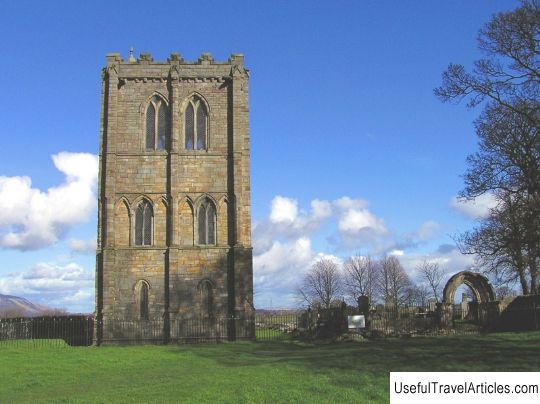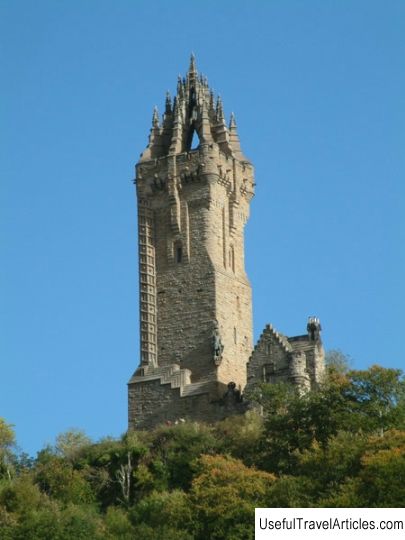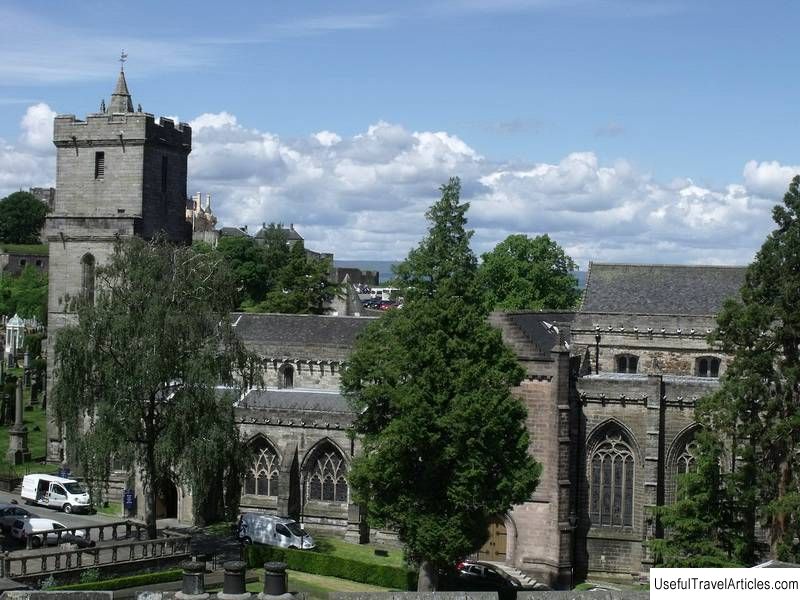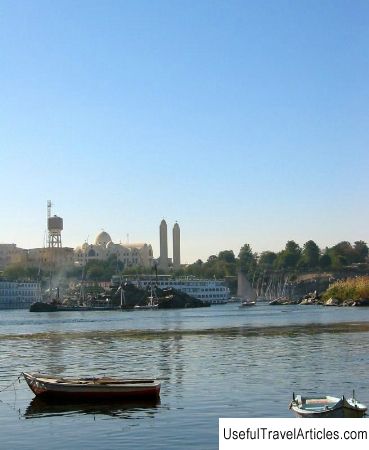Stirling Castle description and photos - Great Britain: Stirling
Rating: 9,7/10 (1315 votes) 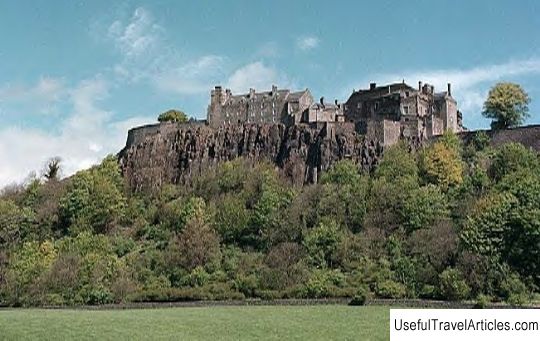
Stirling Castle description and photos - Great Britain: Sterling. Detailed information about the attraction. Description, photographs and a map showing the nearest significant objects. The name in English is Stirling Castle. Photo and descriptionStirling Castle is one of the largest and most significant castles in Scotland, both from a historical and architectural point of view. Situated on a high hill, surrounded on three sides by high cliffs, the castle is in a very favorable position for defense. The castle also provides control over the crossing of the Fort River. The bridge over the Fort at Sterling has been the downstream crossing of the river for many centuries and was of strategic importance. Probably, the fortifications on the hill existed in the prehistoric period. But the Romans bypassed it, building a fortress in neighboring Dawn. The earliest documentary evidence of the existence of the castle in Stirling dates back only to the 12th century, when King Alexander I ordered the construction of a chapel here. During the reign of his successor, King David, Sterling acquired the status of "royal burg", and the castle became the most important administrative center. Stirling remained the royal residence until the death of Alexander III in 1286. During the Scottish Wars of Independence, the castle passed from hand to hand several times, most often the defenders could not withstand long sieges. The castle witnessed two of the most significant battles of the period - the Battle of Stirling Bridge and the Battle of Bannockburn. The oldest surviving parts of the castle were built at the end of the XIV century, under the first Stewarts. Most of the buildings were erected in the 15th-17th centuries, when Sterling was considered the royal residence of the Stuarts. The buildings of that time bear the influence of French and German architecture, and scientists and alchemists work at the court of the Scottish kings, which is typical of the Renaissance in Europe. Under James IV, the Old Royal House and the Great Hall were built, under James V - the Royal Palace. In 1603, after England and Scotland were united by the Union, and the royal family moved to London, the castle loses its status royal residence and becomes a military fortress. Here are the barracks, military depots and artillery. Until 1964, the castle belonged to the Ministry of Defense, it also housed the headquarters of the Argyll and Sutherland Highlanders regiment. Currently, the castle is undergoing restoration work, and it is returning to its former royal splendor. The Old Royal House, built at the end of the 15th century, and partially rebuilt in the 19th century in the baronial style, has been restored. Excavations show that a chapel was most likely adjacent to it. Also in the courtyard of the castle is the Great Hall - one of the largest secular buildings of that time, 42 meters long and 14 meters wide. The Royal Palace is the first Renaissance building in the British Isles. The combination of Renaissance style with elements of late Gothic decor makes it one of the finest buildings in Scotland. The palace features magnificent stone carvings.       We also recommend reading Old Town Hall with City Tower (Alte Rathaus mit Stadtturm) description and photos - Austria: Innsbruck Topic: Stirling Castle description and photos - Great Britain: Stirling. |
